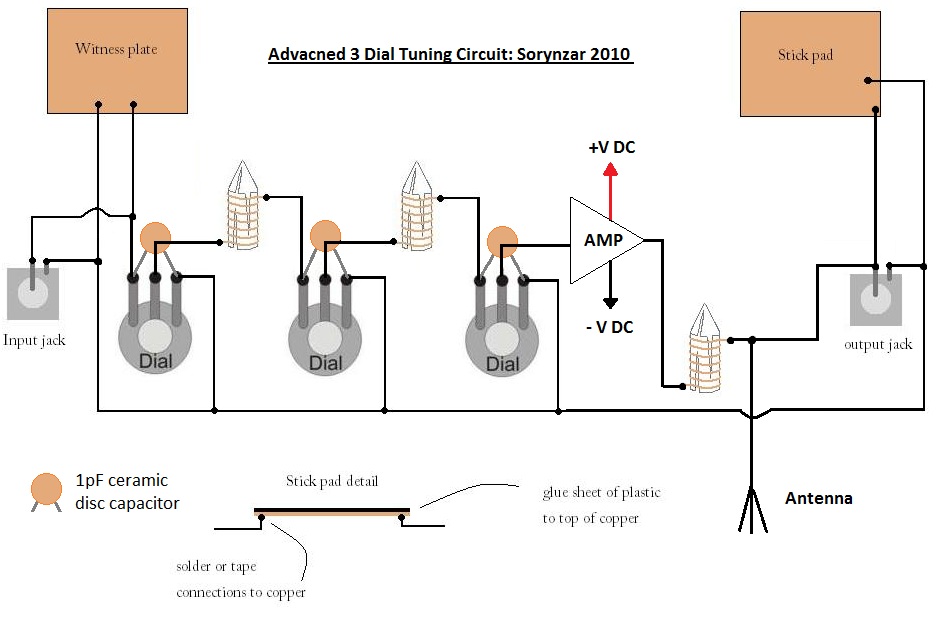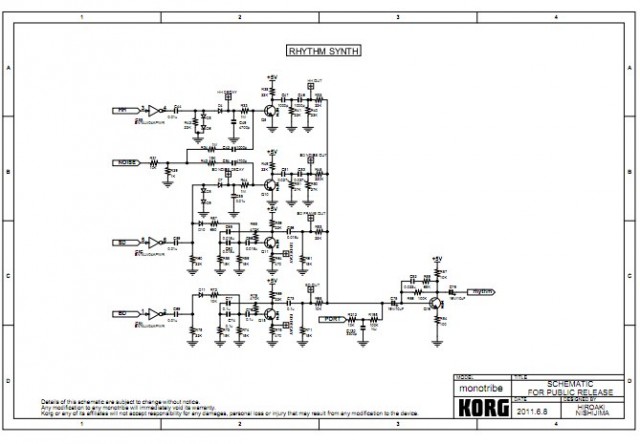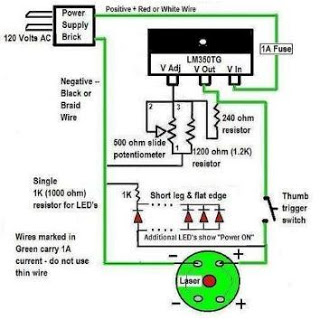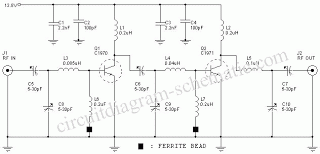
radionics schematics advanced

An advanced radionics schematic designed to enhance the power output of a tuning circuit.
This schematic outlines a sophisticated approach to improving the efficiency and output power of a tuning circuit used in radionics applications. The circuit typically includes a combination of resistors, capacitors, inductors, and active components such as transistors or operational amplifiers. The primary goal is to optimize the resonance characteristics of the circuit, allowing for greater energy transfer and signal amplification.
Key components in the schematic may include:
1. **Resonant Circuit**: This is often formed by inductors and capacitors arranged to create a specific resonant frequency. The quality factor (Q) of the circuit can be adjusted by selecting appropriate component values, which influences the bandwidth and selectivity of the tuning circuit.
2. **Amplification Stage**: Utilizing transistors or operational amplifiers, this stage boosts the signal strength. The choice of components will affect the linearity and gain of the amplification process. Feedback mechanisms may be implemented to stabilize the gain and improve performance.
3. **Power Supply**: A regulated power supply is essential to ensure that the circuit operates efficiently. The power supply should provide a stable voltage and current to the active components, minimizing noise and fluctuations that could affect performance.
4. **Tuning Mechanism**: This can include variable capacitors or inductors that allow the user to fine-tune the circuit to the desired frequency. This adjustability is crucial for achieving optimal performance based on the specific application.
5. **Output Stage**: The final output stage may consist of a buffer or driver circuit that interfaces with the load. This stage must be designed to handle the required output power while maintaining signal integrity.
In conclusion, the advanced radionics schematic focuses on maximizing the power output of the tuning circuit by carefully selecting and configuring components to optimize resonance, amplification, and overall circuit efficiency. Proper implementation of this design can lead to significant improvements in the performance of radionics devices.An advanced radionics schematic to increase the power output of your tuning circuit.. 🔗 External reference
This schematic outlines a sophisticated approach to improving the efficiency and output power of a tuning circuit used in radionics applications. The circuit typically includes a combination of resistors, capacitors, inductors, and active components such as transistors or operational amplifiers. The primary goal is to optimize the resonance characteristics of the circuit, allowing for greater energy transfer and signal amplification.
Key components in the schematic may include:
1. **Resonant Circuit**: This is often formed by inductors and capacitors arranged to create a specific resonant frequency. The quality factor (Q) of the circuit can be adjusted by selecting appropriate component values, which influences the bandwidth and selectivity of the tuning circuit.
2. **Amplification Stage**: Utilizing transistors or operational amplifiers, this stage boosts the signal strength. The choice of components will affect the linearity and gain of the amplification process. Feedback mechanisms may be implemented to stabilize the gain and improve performance.
3. **Power Supply**: A regulated power supply is essential to ensure that the circuit operates efficiently. The power supply should provide a stable voltage and current to the active components, minimizing noise and fluctuations that could affect performance.
4. **Tuning Mechanism**: This can include variable capacitors or inductors that allow the user to fine-tune the circuit to the desired frequency. This adjustability is crucial for achieving optimal performance based on the specific application.
5. **Output Stage**: The final output stage may consist of a buffer or driver circuit that interfaces with the load. This stage must be designed to handle the required output power while maintaining signal integrity.
In conclusion, the advanced radionics schematic focuses on maximizing the power output of the tuning circuit by carefully selecting and configuring components to optimize resonance, amplification, and overall circuit efficiency. Proper implementation of this design can lead to significant improvements in the performance of radionics devices.An advanced radionics schematic to increase the power output of your tuning circuit.. 🔗 External reference





